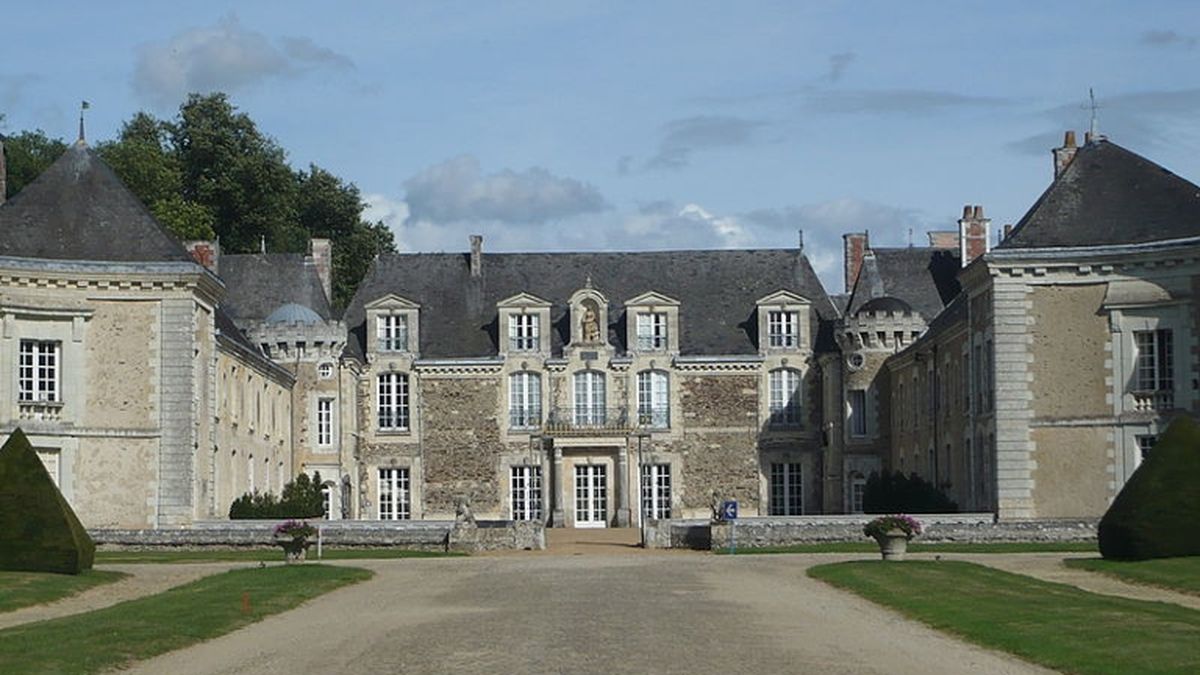 The castle | ©Romain Bréget / CC-BY-SA
The castle | ©Romain Bréget / CC-BY-SALuxury!
René Le Pelletier, great provost of Anjou, raised the castle in 1650, a simple tuffeau and schist main building with two adjacent wings.
Ruined, Le Pelletier sold his castle in 1660, which fell to his son-in-law Gabriel Constantin.
In the 18th century, his son Charles-Constantin (a very wealthy man), decided to extend his modest castle in 1770, in order to welcome all the upper crust from Anjou.
He laid out a formal park decorated with statues. He was soooo rich! The richest man in Angers and its area!
He travelled a lot, especially in Italy and England. So he had good taste, inspirations and pretty ideas for La Lorie…
The golden age of La Lorie
Pineapples and nice stallions
Huge stables housed the most gorgeous stallions. He also put up hothouses to cultivate pineapples and potatoes (rarity at that time!). Only the king had some in Versailles…
Let's talk about the inner decoration... Famous artists' paintings, tapestries, furniture and fine Boulle’s clocks, marble lining-room, English library...
Men embroidered!
Guests pushed to get in this magnificent living environment: everyone had an appointed servant for "room and table"!
It was the golden age for the castle, where each one attended to his own business: they red philosophy, played music, they embroidered… even men!
Cows from Le Mans and English bulls
Unhappily, everything's got an end! Plundered and burnt by revolutionary troops in 1793, La Lorie fell to the Fitz-James.
The duke continued horses breeding and brought back from England Durham bulls he crossed with a local cow, the mancelle: we had the beginning of the current French breed Maine-Anjou!
In the 20th century, Etienne de Saint-Genys rebuilt his castle and fitted new rooms, as the gallery and the dining-room.
Thoroughbreds, so British!
Just before the French Revolution, Charles-Félix Constantin developed the stud-farm his father founded, little by little.
Count of Artois (Marie-Antoinette's brother-in-law and future king Charles X), who created the current racecourse of Maisons-Laffitte, and his brother the count of Provence (Louis XVIII) came in La Lorie to buy horses.
In this stud-farm was born the famous English thoroughbred Regulator: William Pitt (English prime minister) gave it to Charles-Félix!
This Regulator descended from the famous Godolphin Arabian, the gorgeous barb stallion, gift of Bey of Tunis to king Louis XV.
An English man picked it up and brought it back in England: by accident, Godolphin became the founder of the English thoroughbred lineage…
